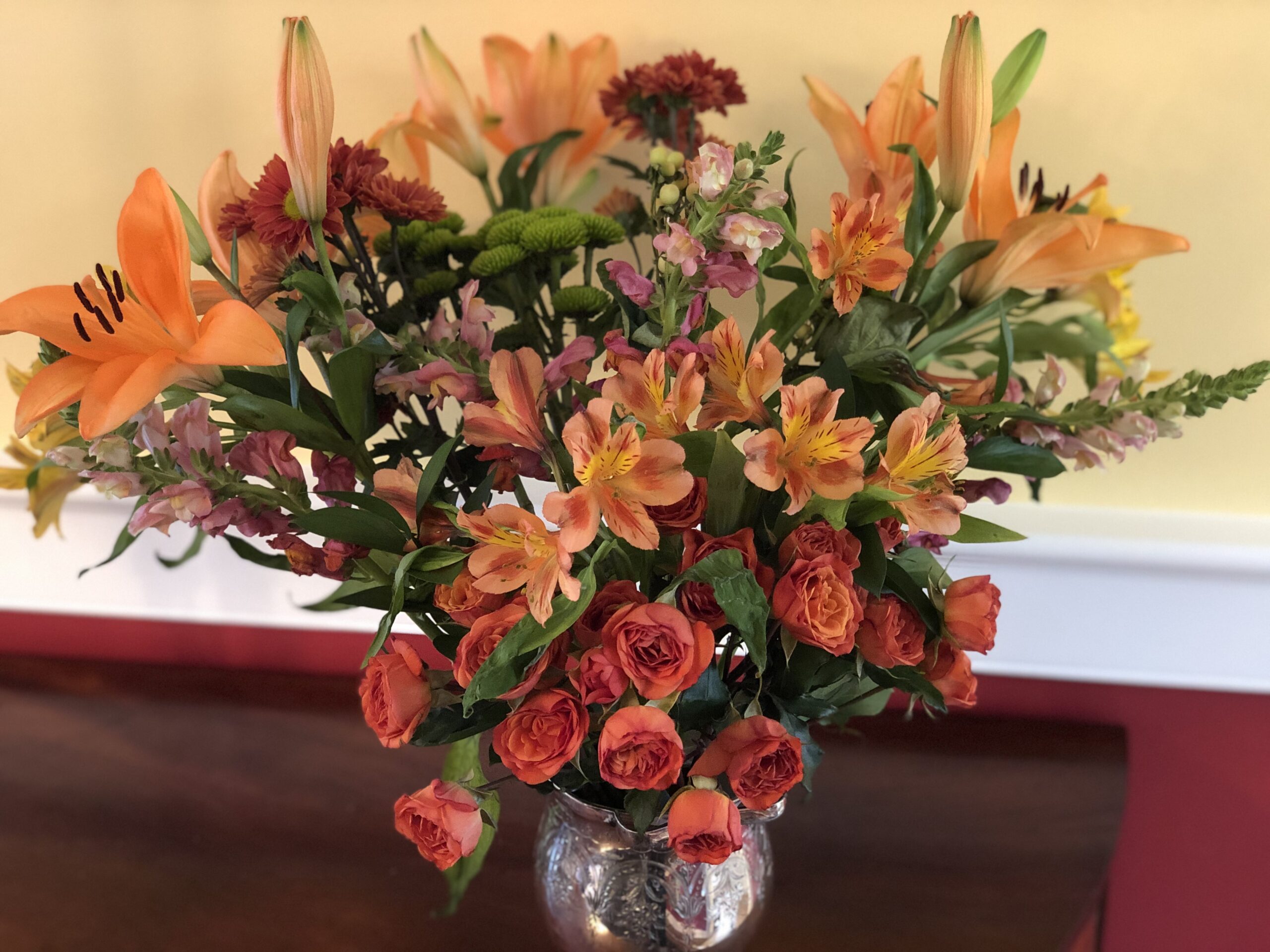“Swearing can create tighter human bonds and enhance the therapeutic alliance between a patient and a physical therapist.”[1]
According to these studies, people can tolerate pain better when repeating swear words and the stronger the swear word, the better. However, this doesn’t work for me.
As we prepared for the delivery of our first child, I remembered all the stories couples had told of the wife swearing at the husband. I did not want that to be the story that got told of our child’s birth. So, I did not want to swear.
While I was in labor, I tried to grunt as I had been told to do during our childbirth classes. The midwife told me to put all my energy into pushing, not grunting. That felt a lot more natural. A little later, I came really close to cursing at one point. While I was amid natural childbirth, the midwife said she was going to leave the room to fix a water fountain. Why in the world was drinking water important while I was in the middle of labor? But instead, I kept my thoughts to myself, channeled the midwife’s advice, took a deep breath and pushed.
As I migrated to the bed in the birthing center and our child was born, I found myself in a softly lit room with a gently gurgling tabletop water fountain on the bedside stand. She wasn’t fixing a drinking water fountain – it was this little Asian-style rock waterfall that was so soothing to listen to as I held our minutes-old baby in my arms.
I was so grateful I had just pushed and not said anything!

Years later, I was 60 miles into a 100-mile bike ride, climbing a very steep long hill. My thighs were burning, and my lungs felt strong. One of my companions was sweating profusely and having trouble speaking. The other was complaining how steep the hill was. Observing the sweat and listening to the whining was not doing anything for me. I looked left and saw some gorgeous azaleas blooming along the road, and so I commented on the fabulous colors. When I remember that climb, I remember the azaleas and the bright sunshine, not my thighs.

During the Covid lockdown, one of our children was having a crisis. It was intense and required a lot from me. I had to really limit the other stressors in my life. I stopped listening and reading news, and I just watched the easiest, sweetest (but not quite saccharine) movies and tv shows I could find – no murder, death, or crisis. Anne of Green Gables was just perfect. Covid also made it really easy to limit interactions with negative and unsupportive people.
I have just finished my first bout with Covid. I was sick for about a week and then really tired for about another week. Once again, I had to manage the negativity. I stayed off social media. I knew I was missing a lot of holiday events and I just did not want to even think about them. I could not really think about my friends, I just needed to focus on taking care of myself and getting better.
While I had Covid, I chose to take a certification test I had set as a goal for this year. I wanted to accomplish this and take the test before the year end. I knew I could retake it if I had to and I also knew that just trying to take it would be good for my attitude. As soon as I could spend three hours off cold medicine without sneezing, I took the test. And I passed, which did indeed give me a much-needed mental boost!
I was too sick to really know why I was choosing to avoid social media – I just knew it was not good for me right then. Now that I am better, and I am about to reengage, I am understanding how important it is for all of us to know how to manage the inevitable negativity that comes with the ever-present challenges in life.

Here are some of the techniques I use to manage negativity and be as positive as possible.
- Limit the negativity you can control. Whether it’s news sources, conversational topics, or people, there is no need to consciously expose yourself to, much less bathe in, negativity you cannot do anything about.
- Be grateful for what you can be. A gorgeous day, a quiet moment, a loyal friend, a deep breath – it is not hard to pause and find something good if you want to.
- Know your comfort zone, your growth zone, and your ring of fire. Keep yourself thriving in the growth zone. This means acknowledging, accepting and facing the challenges in life and working with them. For me, being sick with Covid was a growth zone and so was my son being in crisis. I took my foot off the pedal of other growth areas of my life while I needed to focus on those. I leveraged my comfort zone (easy tv and fresh flowers) to help me deal with those primary growth areas I could not avoid. Balancing the growth zone keeps you out of the ring of fire.
There is a lot that can be said about each of these, but for a quick three, that’s it:
- Limit negativity.
- Find gratitude.
- Leverage your growth zone.
[1] Washmuth, Nicholas B. and Stephens, Robert. “Frankly, we do give a damn: improving patient outcomes with swearing.” Archives of Physiotherapy, v.12:2022. https://www.ncbi.nlm.nih.gov/pmc/articles/PMC8928588/.


